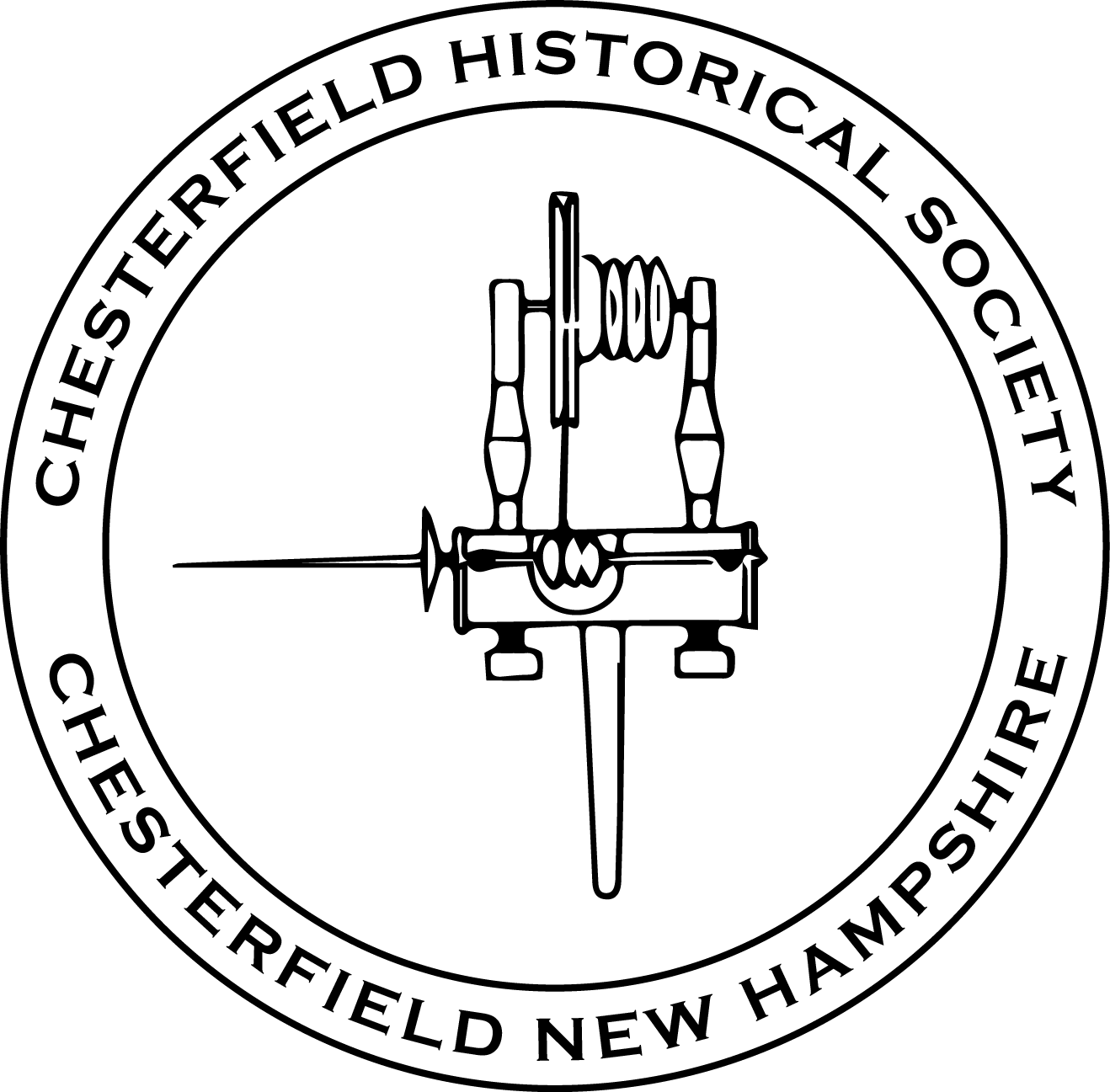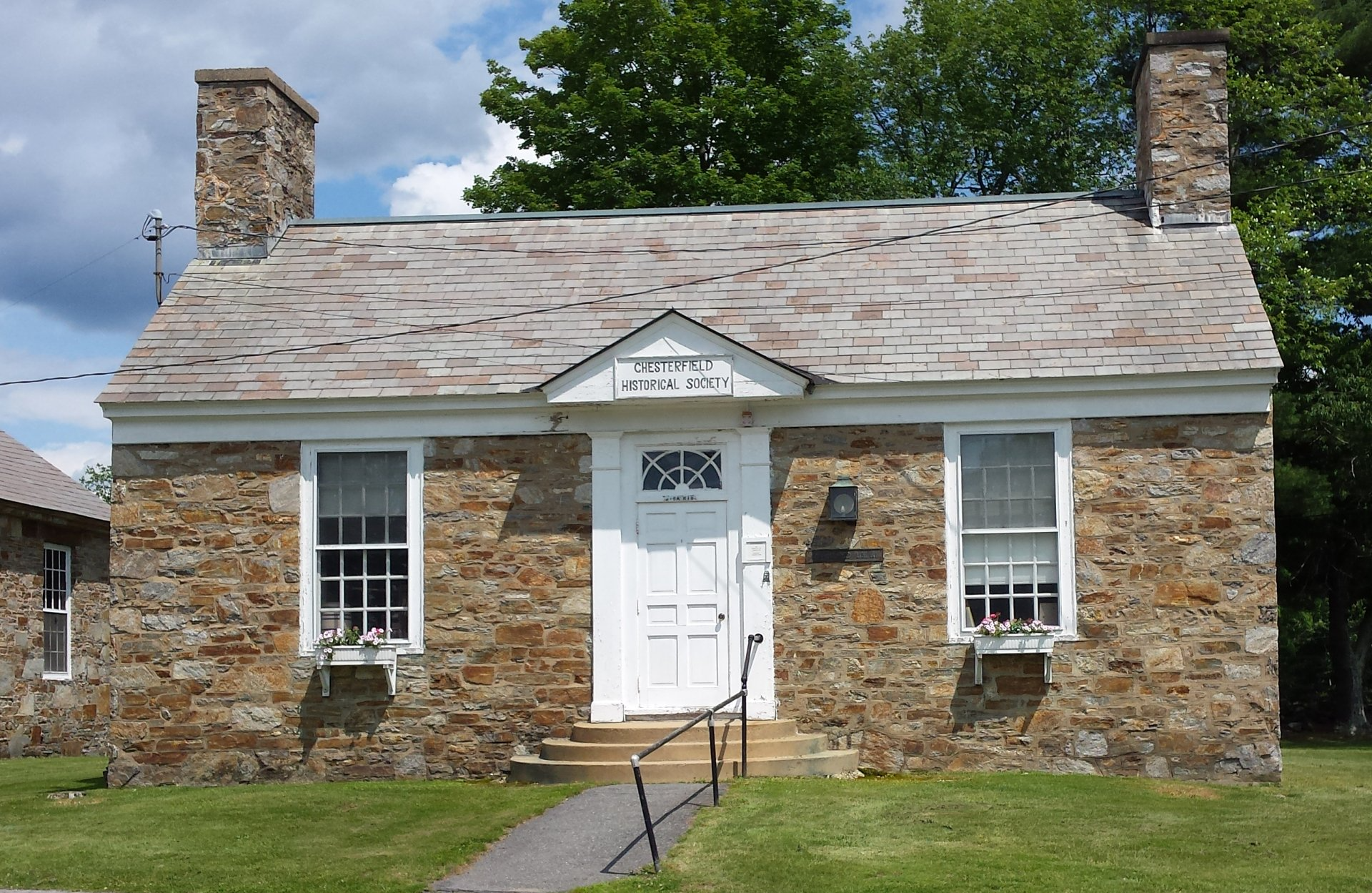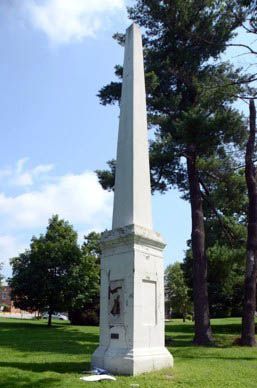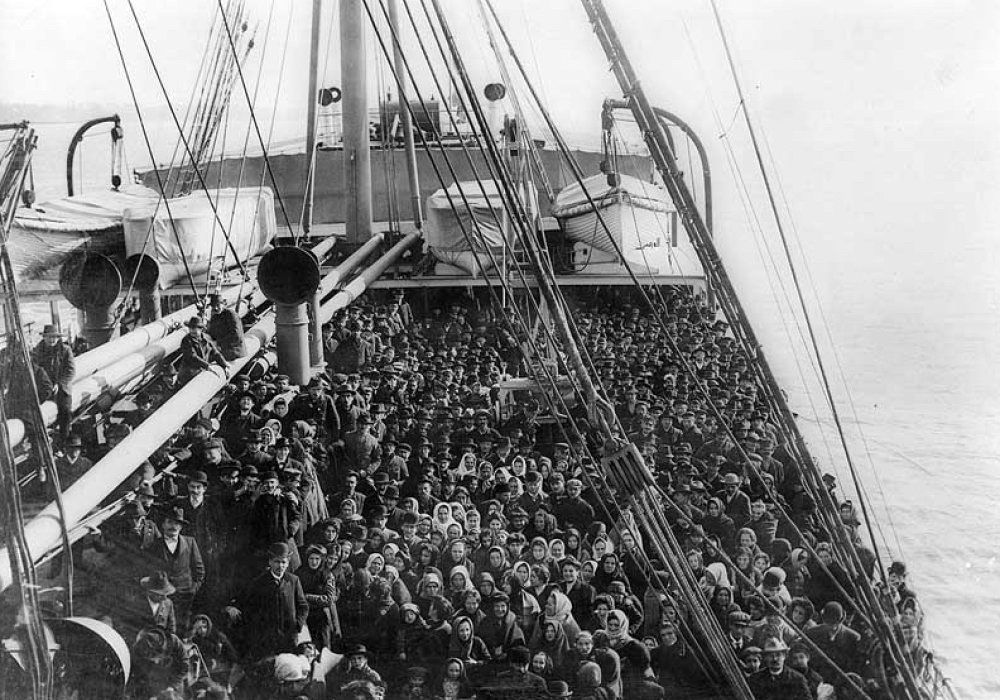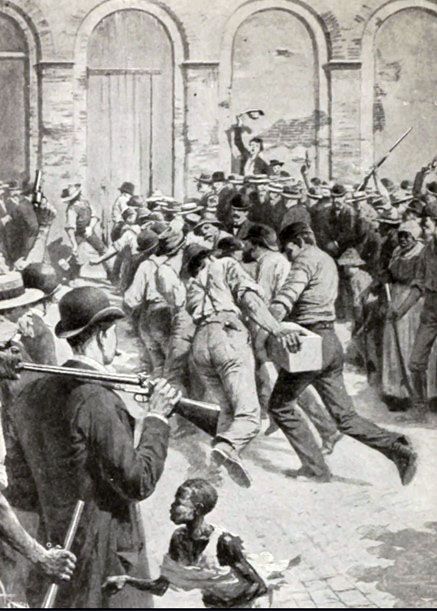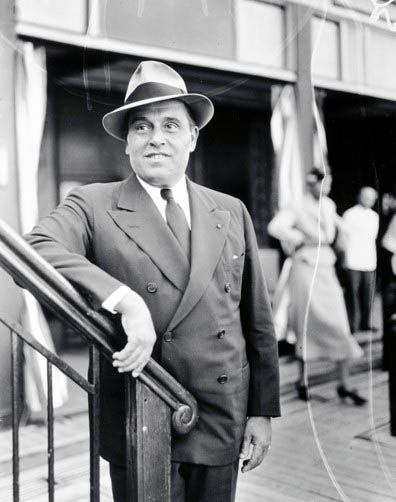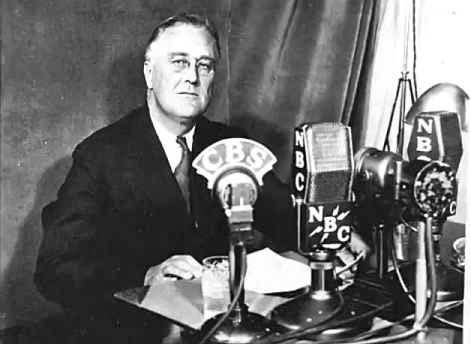Columbus Day History
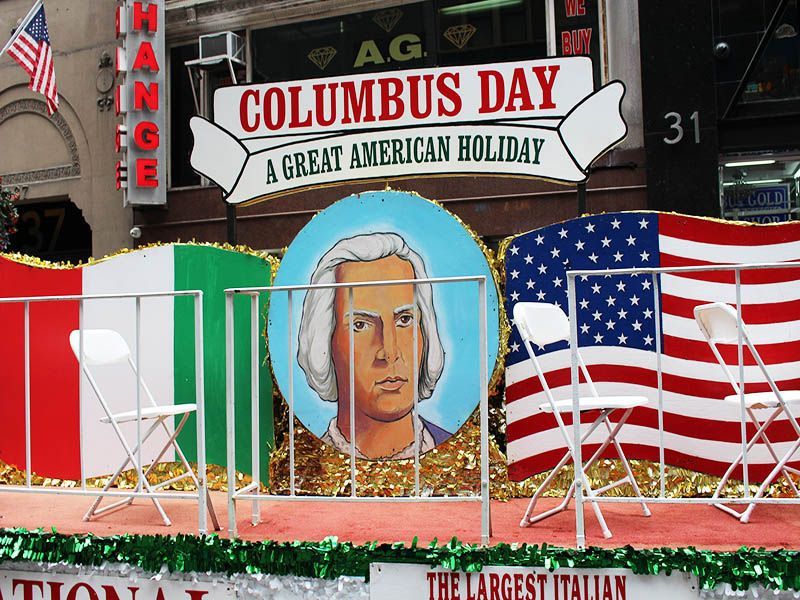
When and where did the Columbus Day Celebration begin? It all started in New York City on October 12, 1792, to commemorate the 300th Anniversary of Columbus' landing. The Society of St. Tammany, or the Colombian Order, put on the celebration. This organization was a benevolent fraternal organization founded in the city in 1789 to promote patriotism and the principles of democracy. Not to be outdone, the Columbus Obelisk was erected in Baltimore MD in the same year. But these were one-time celebrations, not yearly events
Unfortunately, the direct impetus for a national celebration of Columbus Day was dark. In 1891, an incident in New Orleans resulted in the mass killing of eleven Italian Americans. This was at a time of great anti-immigration, especially anti-Italian, sentiment. Italians were undergoing a massive migration into the USA. Nearly all of them lacked formal education and competed with earlier immigrants for lower-paying jobs and housing. They were also Catholic, as opposed to the nation's Protestant majority. In the South, there was further animosity, because they often refused to abide by Jim Crow Laws.
The catalyst to the mass killing incident was the murder of the New Orleans Police Chief on Oct. 15, 1890, believed to be carried out by the Provenzano or Matrango families. In all, nineteen Italians were accused. Six were acquitted on weak evidence and three were granted mistrials. Before the rest could be tried, a mob stormed the parish prison and shot, hung, or clubbed to death eleven Italians, some of whom were not even involved. This was America’s largest mass "lynching". Therefore, it attracted national attention and stained US-Italian relations. President Harrison ordered a complete investigation. The outcome was negative and resulted in $25,000 being offered to the Italian government as restitution. It was paid into a special Diplomatic Fund and delivered to the heirs of the men killed. In another attempt of reconciliation, in 1892, Harrison proclaimed the 400th Anniversary of Columbus a National Holiday. He intended it to be a one-time celebration.
Many Italian Americans observe Columbus Day as a celebration of their heritage and not Columbus himself. Early celebrations took place in New York City (1866) and San Francisco (1868). The 1893 World's Columbian Exposition, a.k.a. The Chicago World's Fair commemorated the 400th Anniversary of his landing. Except for San Francisco's "Italian Heritage Parade" which is still going strong 157 years later, the rest were one-time events. However, Generoso Pope, an Italian immigrant, NYC businessman, and founder of several Italian-language newspapers, changed the landscape by founding the NYC Columbus Day Parade on Oct. 12, 1929. It is still the world’s largest.
Pope’s influence in the Italian community was significant. The shift of the Italian vote in the 1930s to the Democratic Party helped elect FDR. Add the Knights of Columbus lobbying, and FDR proclaimed that Columbus Day observances take place throughout the country in 1934. However, at that point, it was not a federal holiday. It took more lobbying by the National Columbus Day Committee, founded by Mariano Lucca in his Buffalo NY saloon, to have it declared a federal holiday by LBJ, beginning in 1971.
Observances for Columbus Day vary in different parts of the country. In 1903 Colorado was the first to make it a state holiday, but, to this day, not all states have recognized it. Beginning in 1992, some cities switched to calling the holiday Indigenous Peoples’ Day. This name change is now official in ME, VT, NM, and the District of Columbia. Other states have rebranded it - Discoverer’s Day (HI) or Native American Day (SD). In all, it is a fading holiday with no mail delivered, but stocks can be traded, and retailers have a reason for "special sales". It is an example of a past mass immigration slowly slipping into the Great American Melting Pot.
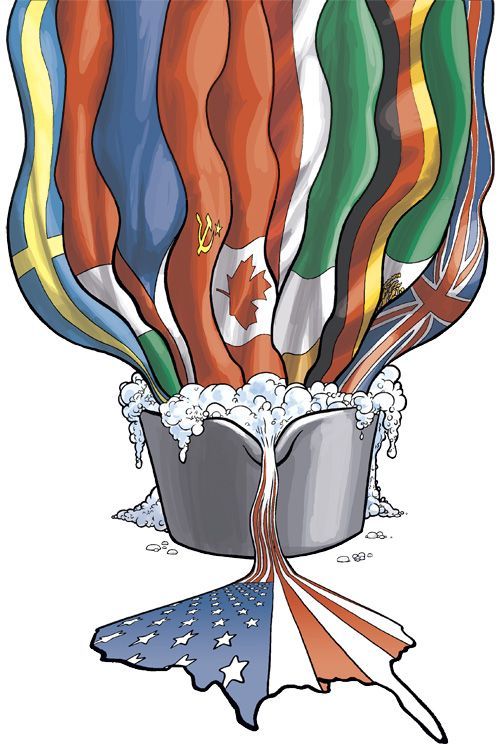
Photos Credit
Header - https://www.dw.com/en/columbus-day-a-controversial-commemoration/a-40933041
Columbus Obelisk - Baltimore Sun, Pamela Wood, Oct 14, 2020
1.Boat - My Italian Family, The History of Italian Immigration to the US and Its Relevance Today.
2. 1891 lynching in New Orleans - Andrews, E. Benjamin. History of the US, Vol. V. Charles Scribner's Sons, NY. 1912
3. Generoso Pope - Wikipedia
FDR Fireside Chat, Sept 1934 – Britannica
Melting Pot: https://mundaneanddivine.wordpress.com/2015/12/09/the-melting-pot-v-the-salad-bowl/
